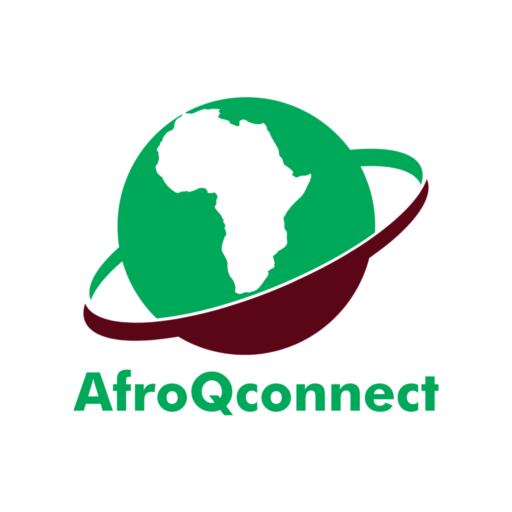Explaining La’eeb: The first digitised mascot in World Cup history
La’eeb, the digitalized mascot for Qatar, will continue a long tradition of mascots created to promote FIFA World Cup competitions.
FIFA describes La’eeb as fearless and daring. He was inspired by the ghutra, a traditional hat worn by Qataris.
La’eeb, which in Arabic means “skillful player,” has been used as the face of the upcoming winter tournament on billboards, buildings, and goods throughout Qatar.
More importantly, La’eeb represents not merely a marketing tool that personifies the country on a global scale, but encompasses a cultural identity that goes beyond the football pitch.
In the history of the quadrennial mega-event, the first ever mascot debuted in 1966 when England hosted the tournament.
World Cup Willie
Willie the lion kick-started the ritual when he appeared in front of British audiences at their home ground.
Created by artist Reg Hoye, Willie repped a Union Jack symbolising his British origin with the words “World Cup” bolded at the centre of his shirt.
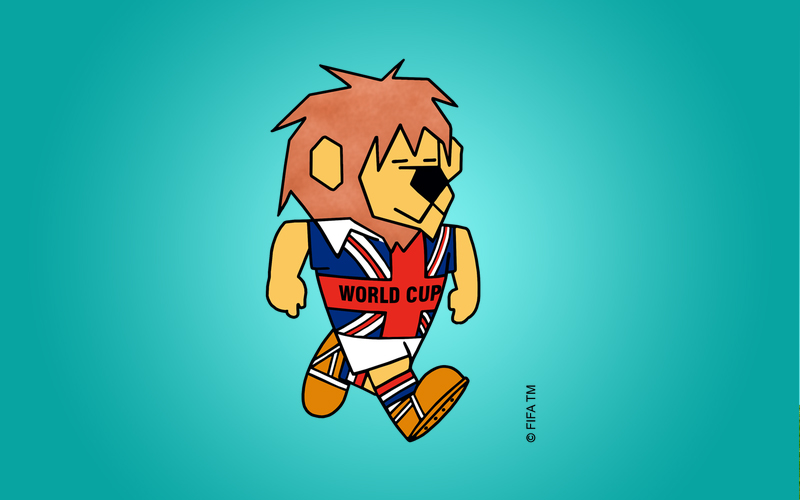
Reg Hoye based Willie on his 12-year-old son, who initially came up with three other designs: a boy and two lions.
A range of merchandise products depicted the mascot, from hats to bedspreads and mugs.
The character became more popularised as England advanced into the finals, winning their first World Cup tournament.
Mexico’s Juanito
At the 1970 FIFA World Cup in Mexico, a short little boy dawned a green kit and a sombrero.
Named Juanito, the childlike character represented the average Mexican football fan.
Like Willie, the capitalised words “Mexico 70” were inscribed on Juanito’s sombrero.

As the second mascot of the tournament, Juanito was the first to be broadcast worldwide on TV.
Twin’s Tip and Tap
Following a similar theme to Mexico, Germany’s mascots were two boys called Tip and Tap.
The German duo presented an appearance of togetherness and companionship at a time when the country was split into East and West.
The mascots donned the letters WM for Weltmeisterschaft, German for World Cup, and the number 74 representing the edition of the tournament.
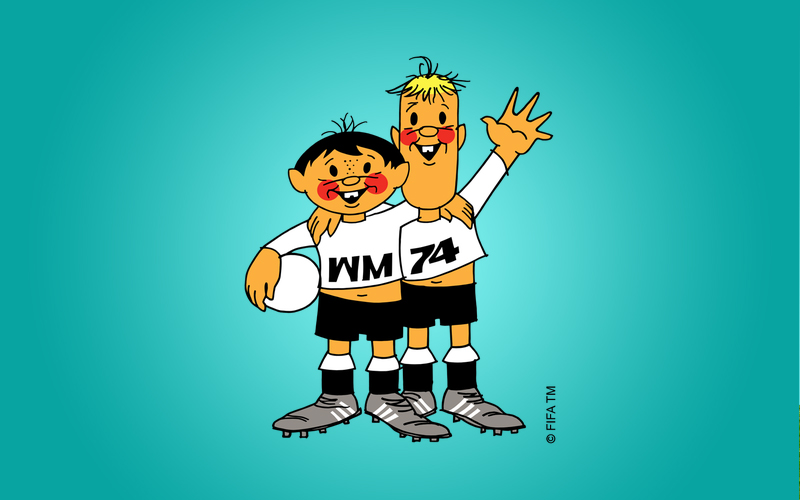
Parallel to England’s Willie, Tip and Tap blessed West Germany to win the title, beating the Netherlands 2–1 in the final at the Olympiastadion in Munich.
Argentina’s Gauchito
At the 1978 World Cup hosts Argentina continued the boyish tradition casting Gauchito, who appeared identical to Mexico’s Juanito.
The young boy dressed in Argentina’s football kit along with a hat with the words “Argentina 78” illustrated on it.
The only difference Gauchito carried was a yellow neckerchief holding a white whip.
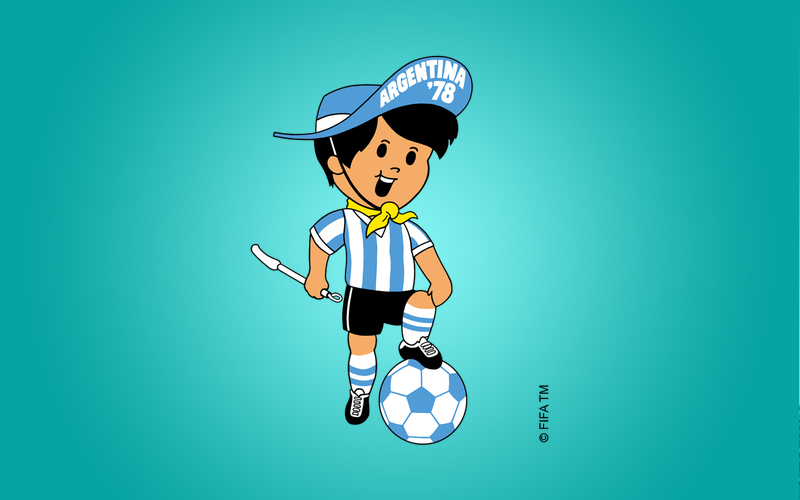
Coincidently Argentina would not only win the World Cup but won the tournament by defeating the Netherlands 3–1.
Spain’s Naranjito
Spain’s 1982 mascot broke the spell of childlike characters, instead taking the form of a bright orange.
Naranjito, translating to orange, costumed Spain’s World Cup kit while holding a football.
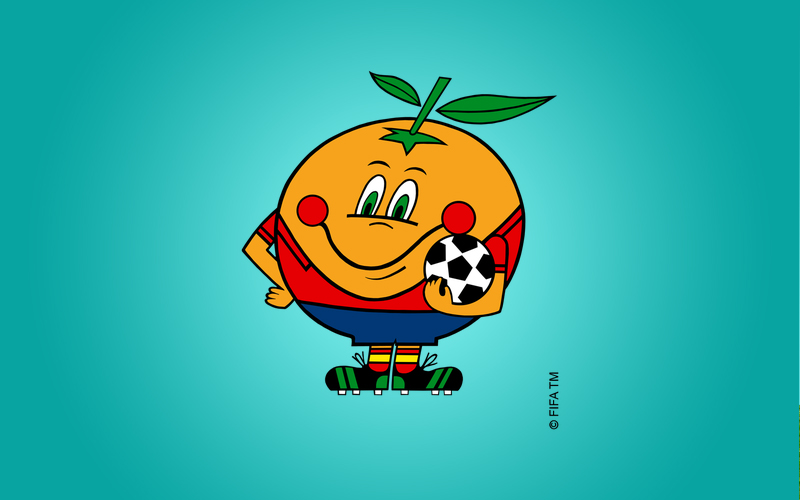
His round appearance and wide grin produced an animated illustration for Spaniards.
Return of Mexico
At the 1986 World Cup, Mexico won the bid again, returning to host the global tournament once more.
However, unlike their first impression with Juanito, the Mexicans debuted a chili pepper named Pique.
A comic yet stereotypical mustache bore on Pique, who was otherwise known as spicy in Spanish.

The two-time FIFA World Cup host nation became the first country to host the tournament more than once and the first to portray controversy within Mexico for its racial stereotypes.
The only mascot without a face
The 14th FIFA World Cup was the first edition to illustrate a mascot without a face, as Italy delivered a stick figure.
Anointed as Ciao after the Italian greeting and farewell, the mascot was embroidered in the country’s flags.

With a football as the head, Ciao was selected for a more cultural expression than the prior traditional mascots.
Ciao tragically bid farewell to the Italians during their campaign for the title as they finished in third place.
America’s striker
The United States followed England’s selection of an animal, choosing a dog since it was the most popular pet in the states.
Designed by entertainment studios Warner Brothers, Striker wore a patriotic red, blue and white kit with the words “USA 94”.
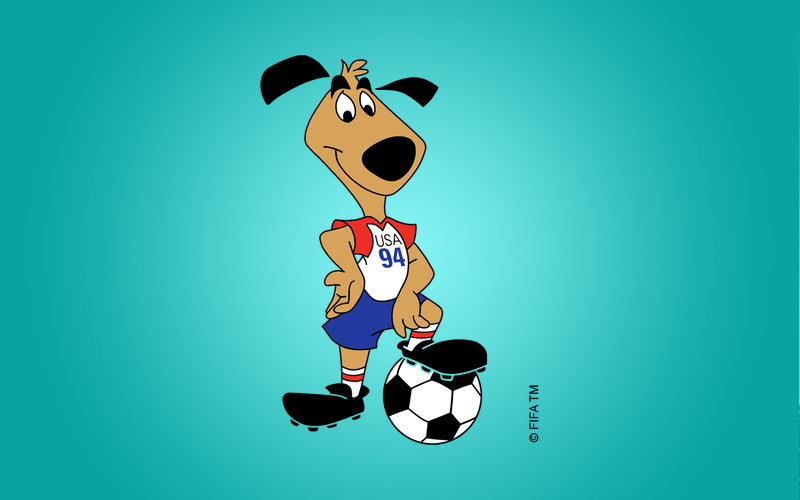
Striking would not be a keen outcome for the Americans, who were eliminated in the Round of 16 by Brazil.
Yet, the US lost to the champions as Brazil would ultimately triumph in the tournament, claiming their fourth title.
France’s big blue rooster
Upstaging Morocco in the bidding process, France returned to the World Cup after 60 years, surfacing a big blue rooster as their mascot.
Named Footix, the rooster was one of the national symbols for the French.
Mirroring the France kit, Footix wore an enlarged yellow beak and an endless smile with “France 98” plastered on its blue chest as it carried a football in its right hand, similar to Naranjito, who held a ball in his left hand.
Footix was a term used by french supporters would call fake football supporters who abandoned them during times of defeat.

1998 was a great year for football for the french as it featured a superstar team with Zinedine Zidane, Thierry Henry, and Marcel Desailly.
The mighty team crowned the country’s first title defeating FIFA giants Brazil.
South Korea and Japan’s trio
In 2002, South Korea and Japan co-hosted the World Cup, featuring computer-generated and futuristic mascots for the first time.
The trio of Ato, Kaz, and Nik were inaugurated into the new millennium and were appointed by internet users and customers at McDonald’s restaurants in South Korea and Japan.
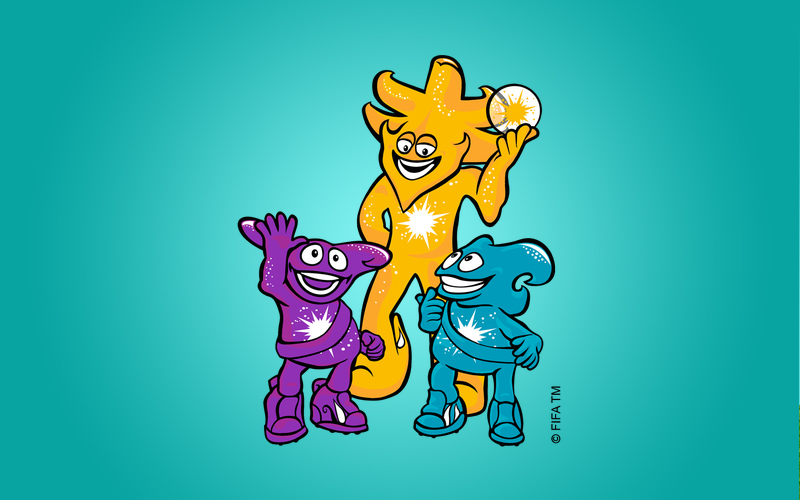
The three mascots were fictionalised to be participating in ‘Atomball,’ a football-like sport, with Ato as the coach and Kaz and Nik as his players.
Goleo VI and his sidekick Pille
Germany returned to the international stage with its version of a lion mascot returning to a classic look.
Goleo VI, and his sidekick, Pille, would be fan favorites of football audiences for several years as they adored the tall lion and his accompanying helper Pille.
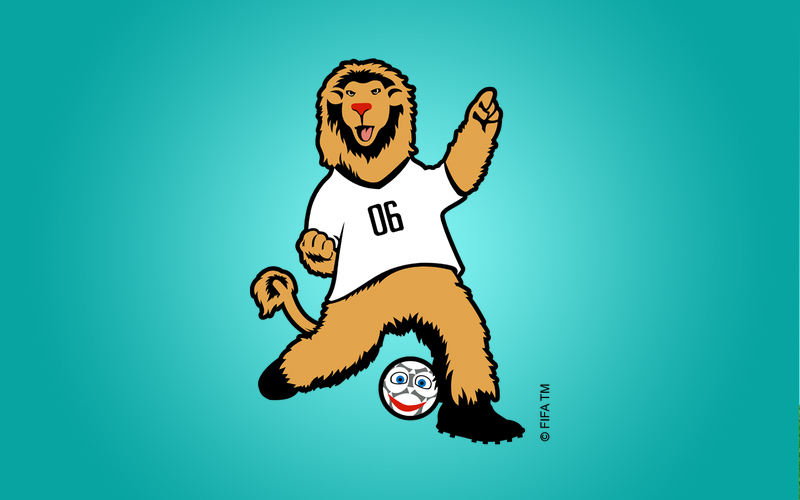
Goleo modeled a white football shirt with a black collar, tributing the German national team’s 1950s kit.
Pille partnered up with Goleo as a talking football.
The word Pille, meaning “pill” in German, is a German sports jargon for a football.
Furthermore, Goleo’s name was put together by the words “goal” and “Leo.”
South Africa’s Zakumi
Representing Africa for its first World Cup, Zakumi was coated with the colours of South Africa’s national team.
Portraying a leopard, Zakumi is integrated of ‘ZA,’ for South Africa, and ‘Kumi,’ translated as “ten” in different African languages for the 2010 World Cup.
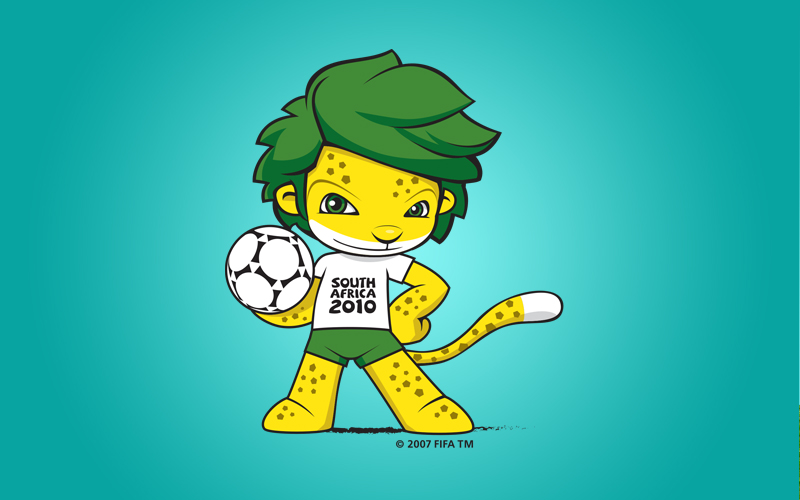
In green hair, the leopard was implied to illustrate the camouflage of the pitches in South Africa’s stadiums.
Three-banded armadillo
Brazil’s FIFA World Cup mascot Fuleco was a three-banded armadillo wrapped in blue armour and a golden body.
Based on an endangered species indigenous to Brazil’s ecosystem, the name was gathered from the Portuguese words for football (futebol) and ecology (ecologia).
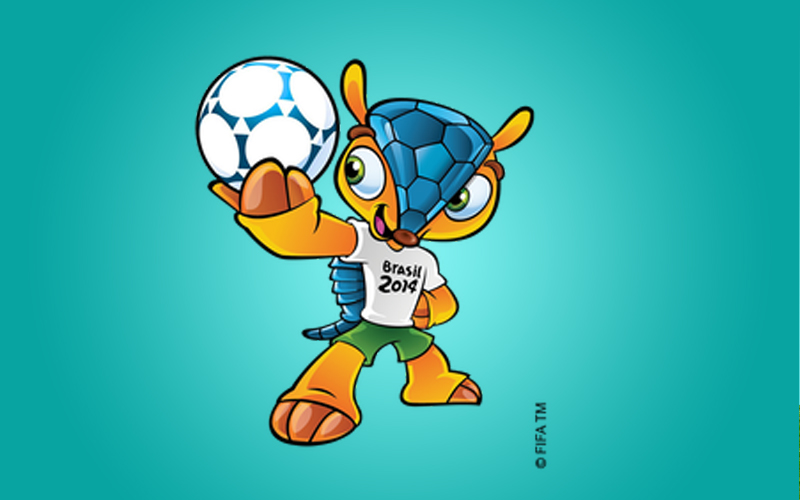
“The shell that protects him has evolved to represent the natural beauty of Brazil that he is so committed to protecting. The blue tones represent the sky and clear waters in and around Brazil, which are full of life,” FIFA said.
Russia’s Zabivaka
Selected by over one million voting Russians, Zabivaka was the 2018 FIFA mascot.
The wolf motioned thumbs up with goggles nestled on its head, with the shirt “Russia 2018” bolded on like previous mascots.

Named Zabivaka, “goalscorer” in Russian, the country’s mascot would be the 14th edition of the FIFA World Cup.
